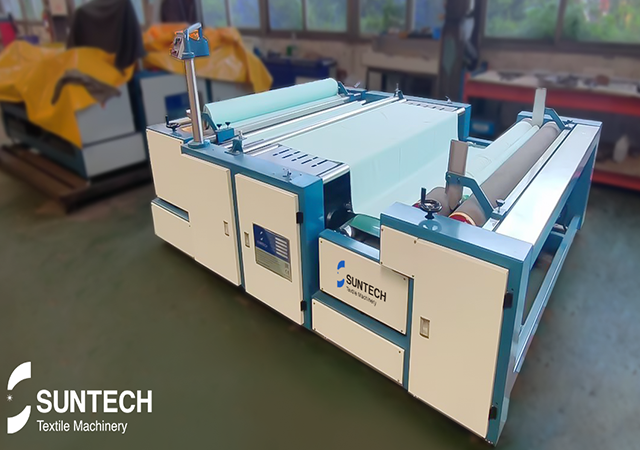Textiles, omnipresent in our daily lives as clothing, accessories, and household items, undergo a fascinating transformation from raw materials to the final product. While textile machines play a crucial role, understanding the various processing methods in the textile industry is equally essential. Let's delve into the diverse techniques employed in the creation of textiles.
Categories of Textile Processing
Weaving stands out as an incredibly versatile method, offering the ability to produce an array of fabrics with distinct properties. On the other hand, knitting, a swifter alternative to weaving, is employed for crafting stretchier fabrics. Crocheting is typically reserved for lighter-weight textiles, while embroidery serves as a means to add decorative details to any fabric.
Key Textile Processing Methods
In the realm of textile processing, achieving the desired final product involves pivotal techniques such as finishing, printing, dyeing, texturing, and coating. Each of these processes significantly contributes to the overall appearance and quality of the textile.
Dyeing
Dyeing, the process of imparting color to textiles, encompasses various methods with distinct advantages and disadvantages. These include:
Direct Dyeing: The simplest and most commonly used method involves soaking the fabric in a dyebath containing the desired colorant(s), followed by drying.
Yarn Dyeing: The yarn is dyed before weaving or knitting, providing greater control over color placement and design.
Piece Dyeing: Common for large items like carpets, fabric is dyed in large pieces before being cut down to size post-drying.
Tie Dyeing: A popular method where knots or loops in the fabric resist dye penetration, resulting in distinctive patterns.
Finishing
Finishing entails the addition of protective or decorative treatments to enhance the fabric's appearance or durability. Techniques such as coating, laminating, calendaring, and embossing are applied either manually or by machine, depending on the desired finish.
Printing
Printing, a pivotal process in textile processing, involves applying patterns or designs onto the fabric. This can be achieved through methods like screen printing, digital printing, and block printing, each suited for different types of designs and details.
Texturing
Napping: Brushing the fabric to raise fibers and create a velvet-like surface.
Flocking: Applying short lengths of fiber to create a velvet-like or fuzzy effect.
Embossing: Pressing patterns into the fabric using heat and/or pressure.
Ruffle/Pleating
This process involves gathering or folding fabric to create decorative effects.
Coating and Lamination
These methods enhance the durability and performance of textiles by applying a thin layer of material (coating) or bonding multiple layers together (lamination). They can improve water-resistance, strength, tear-resistance, and even add fire-retardant properties.

The intricate world of textile processing involves a myriad of techniques, from spinning and dyeing thread to weaving or knitting fabric, followed by finishing touches. Understanding these processes not only influences the final appearance of textiles but also determines their performance. Whether tailoring clothing or engaging in upholstery projects, awareness of the processing and finishing techniques empowers individuals to make informed choices for optimal results in craftsmanship.
And the fabric relaxing machine serves as a crucial asset for any garment business, offering numerous benefits:
1.Achieving Optimal Fit: By stretching and relaxing the fabric, these machines ensure garments attain a superior fit, enhancing their overall quality.
2.Professional Finishing: Fabric relaxing machines can add creases or pleats, lending garments a polished, professional appearance.
3.Tailored Shrinkage: These machines are capable of shrinking fabric, enabling better conformity to the body or specific areas like the waistline.
4.User-Friendly and Cost-Effective: Fabric relaxing machines are known for their ease of operation and minimal maintenance requirements, making them a cost-effective solution for garment businesses.
By employing SUNTECH Textile Machinery’s fabric relaxing machine, you can ensure that your fabrics achieve a flawlessly smooth finish akin to those produced in professional factories. Moreover, harnessing this advanced technology allows you to optimize time and resource utilization during the garment manufacturing process, resulting in faster production and reduced costs. This, in turn, enhances the competitiveness of your garments in terms of both price and quality.




